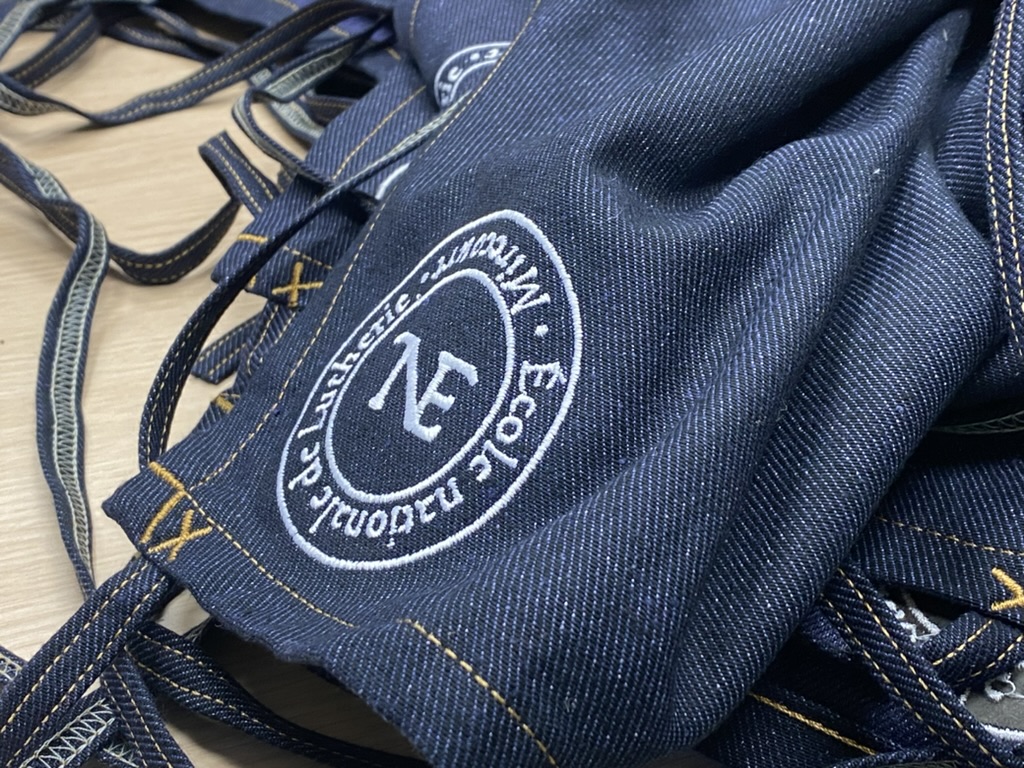Mirecourt National School of Violin Making – Year 1: The First Steps Towards Artisanal Excellence
Located in the heart of the Vosges Mountains, in the town of Mirecourt, the National School of Stringed Instrument Making is a world leader in the art of stringed instrument making. It is here that future French and international luthiers are trained, in an environment combining tradition, rigor, and passion. The first year of training marks a fundamental step: immersion in exceptional expertise, passed down through generations.
Why choose the National School of Violin Making in Mirecourt?
Mirecourt was not chosen by chance to host this prestigious school. The historic capital of French violin making, this small town has been home to world-renowned expertise since the 17th century. Violins, violas, cellos, bows: Mirecourt’s artisans are renowned for the quality of their work, their precision, and their unique artistic sense.
The National School of Violin Making in Mirecourt is one of the few institutions in Europe to offer comprehensive, public, and certified training focused on quartet instruments. It trains both highly skilled craftsmen and woodworkers with a deep musical and technical background.
A first year dedicated to the fundamentals
The first year at the school is one of discovery, observation, and initiation into the essential skills of the trade. Each student begins by learning about the noble materials used in violin making, primarily wood: flamed maple, spruce, ebony, etc. Each species has its own specificities, and it is crucial to know how to recognize, select, and work them.
1. Woodworking
The first-year practical courses place a strong emphasis on mastering traditional tools. Students learn carving, sawing, planing, and sanding. The goal is not yet to build an entire instrument, but to familiarize themselves with the precision techniques essential to violin making.
2. Drawing and technical plans
Before creating an instrument, it must be thought through. Students learn to read and draw instrument plans, to understand the proportions, symmetries, and visual balances that make a violin or viola so beautiful. This step is crucial: a good luthier is also an excellent technical draftsman.
3.Musical knowledge
Although not all students are musicians, the school ensures that each student develops a strong musical ear. Courses in musical culture, music history, and active listening are offered. Understanding sound, its resonance, and timbre are essential for building a quality instrument.
4. The workshop approach
From the first year, students join the school’s workshops and learn about the organization of violin-making work. Emphasis is placed on discipline, respect for tools, and the silence necessary for concentration. Each student learns to thrive in a rigorous, artisanal environment.
Demanding and caring supervision
The school provides experienced luthier instructors, themselves trained in Mirecourt and other leading European schools. Their mission is to impart not only techniques but also a philosophy of the profession: humility, precision, patience, and a love of a job well done.
The classes are deliberately small (generally less than fifteen students per level), in order to guarantee personalized monitoring and authentic artisanal transmission, almost from master to apprentice.
Concrete and rewarding projects
At the end of the first year, students often complete their first major project: a violin head carved from a block of wood, a bridge, or a decorative rosette. These exercises allow students to put into practice all of their learning from the year and assess their progress.
The work is evaluated according to very precise criteria: quality of execution, fine finishing, respect for curves, accuracy of proportions. These first achievements are often carefully preserved by the students, as witnesses to a passionate beginning.
The importance of local roots
The Mirecourt National School of Violin Making maintains a strong connection with its local area. Students regularly have the opportunity to visit local violin makers’ workshops and participate in cultural events and exhibitions. This connection allows them to better understand the challenges of the profession, its market, its traditions, and its future.
The town of Mirecourt also hosts a museum of French violin and bow making, which perfectly complements the theoretical and historical teaching provided in class.
A springboard to an international craft career
Although the first year is still a phase of general learning, it constitutes the foundation of the entire training. It is at this time that the first vocations are revealed, that the students become aware of their sensitivity, their endurance, and their capacity to commit to a demanding profession.
Students who successfully complete this first year then move on to complete instrument making (violin, viola, cello), restoration, and bow making. Most continue to the final diploma (CAP or Bac Pro level depending on the year and course), before joining a workshop or creating their own structure.


